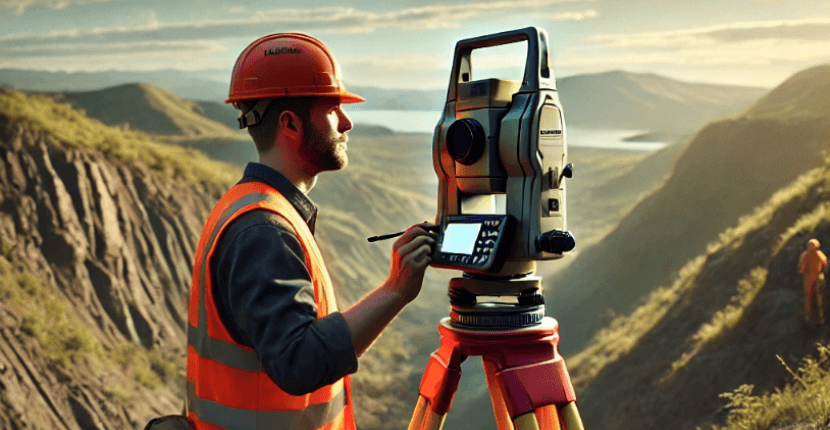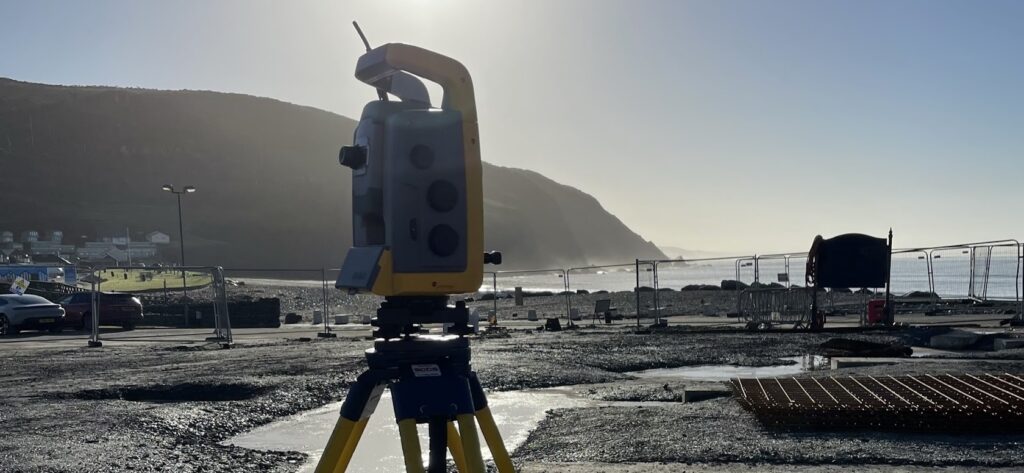The Essential Role of Setting Out Engineering in Modern Construction
The Essential Role of Setting Out Engineering in Modern Construction
Blog Article
Vital Tools and Strategies in Laying Out Engineering
The discipline of laying out engineering counts greatly on a suite of important tools and techniques that underpin the precision and performance of job execution. Instruments such as surveyor's levels, total stations, and advanced GPS technology are indispensable for developing precise reference factors. The combination of traditional approaches with contemporary practices, consisting of geospatial analysis and 3D modeling, supplies considerable benefits in imagining site problems. Understanding just how these elements connect is important for boosting and reducing mistakes project results, yet the subtleties of their application typically continue to be overlooked. What effects does this hold for future engineering methods?
The Value of Accurate Measurements

The relevance of exact measurements expands beyond simple conformity; they are essential to the general performance of engineering procedures. Errors can result in worldly waste, project delays, and raised labor costs, eventually impacting the task's bottom line. Precise measurements improve the high quality of the last item, making certain that it performs as intended and meets the expectations of stakeholders.
In addition, the importance of precise dimensions is obvious in numerous design self-controls, consisting of civil, mechanical, and electric design. Thus, promoting a culture that focuses on accuracy is necessary for the future of design.
Necessary Tools for Establishing Out
Laying out, a vital stage in the engineering and building and construction procedure, counts heavily on certain devices that make sure exact location and positioning of frameworks. Amongst these devices, the property surveyor's level sticks out, giving accurate straight measurements crucial for developing reference factors. This instrument allows designers to figure out altitude modifications and keep uniformity throughout the project website.
The total station is another important device, incorporating electronic distance measurement with angular dimension abilities. This innovation boosts effectiveness and precision in capturing spatial information, enabling for reliable site layout and preparation.
Additionally, making use of measuring tapes and marking tools, such as chalk lines or risks, is essential for temporarily noting borders and crucial points on the site. These basic devices, though straightforward, are essential for making certain clear interaction among the building team relating to project specs.
Lastly, GPS technology has actually gained grip in laying out procedures, providing real-time positioning information and considerably improving accuracy over conventional methods. Collectively, these important tools create the foundation of effective laying out techniques, inevitably contributing to the effective implementation of design and construction tasks.
Advanced Evaluating Methods
Advanced surveying techniques play an essential role in boosting the accuracy and efficiency of design jobs. These techniques encompass an array of methodologies that give precise data for style and building and construction. Standard approaches, such as progressing and triangulation, have actually evolved right into a lot more advanced techniques, including Complete Terminal surveys and Worldwide Navigating Satellite Systems (GNSS)
Overall Station tools incorporate electronic theodolites with range dimension capabilities, permitting property surveyors to collect precise location data with great speed. This technology dramatically reduces errors linked with manual dimensions and offers real-time data processing. Furthermore, GNSS supplies unrivaled precision for large tasks by making use of satellite signals to identify specific positioning, which is important for ensuring and straightening frameworks conformity with design specs.
In click this site enhancement to these tools, progressed techniques likewise integrate geospatial evaluation and 3D modeling. These approaches allow engineers to visualize terrain and site problems better, facilitating much better decision-making during the planning phase. By using these sophisticated checking strategies, engineering projects can accomplish better accuracy check in design, minimize rework, and ultimately improve overall project success.
Digital Modern Technology in Design
The assimilation of electronic modern technology has reinvented engineering practices, boosting both performance and precision throughout numerous disciplines. Devices such as Structure Details Modeling (BIM) facilitate the visualization and administration of complicated projects, permitting designers to team up seamlessly and make notified decisions. This modern technology allows the creation of in-depth 3D versions, which can be analyzed for structural stability and performance before building and construction begins.

The application of man-made knowledge and maker discovering in design processes further enhances predictive maintenance and optimization of sources. Generally, digital innovation is improving the design landscape, driving technology, and guaranteeing that tasks are finished with greater performance and reduced risk.
Best Practices for Application
When implementing digital innovation in engineering, it is important to establish a tactical approach that lines up with job objectives and business capabilities. A complete evaluation of existing workflows and innovation infrastructure is vital to recognize voids and possibilities for enhancement. Involving stakeholders early at the same time cultivates cooperation and makes certain that the innovation meets user demands.

Task managers need to adopt an iterative application technique, permitting adjustments based upon real-time responses and efficiency assessments. This nimble approach not just minimizes threats yet likewise promotes continuous renovation by integrating lessons found out.
Final Thought
To conclude, the combination of essential tools and progressed techniques in laying out engineering is crucial for ensuring accuracy in dimensions and effective job implementation. Using instruments such as property surveyor's degrees, complete terminals, and GPS innovation, along with contemporary evaluating methods, boosts accuracy and lowers the likelihood of mistakes. Adopting ideal practices in execution further maximizes these processes, eventually promoting improved project outcomes in the design and building and construction markets.
The discipline of setting out design counts greatly on a suite of important tools and strategies that underpin the accuracy and performance of project execution.Moreover, the relevance of precise dimensions is noticeable in numerous engineering disciplines, including civil, mechanical, and electric engineering. By using these sophisticated evaluating methods, design projects can attain greater accuracy in layout, minimize rework, and ultimately improve general job success.
Generally, digital modern technology is improving the design landscape, driving development, and guaranteeing that projects are finished with greater efficiency and reduced risk (setting out engineering).In conclusion, the integration of important devices and advanced methods in establishing out engineering is important for making sure accuracy in dimensions and successful task execution
Report this page